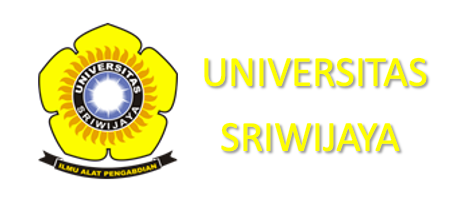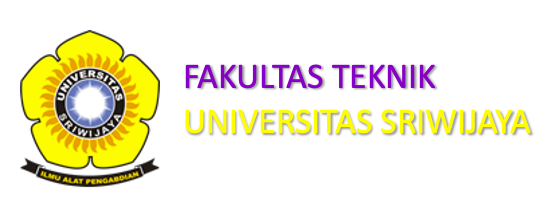IDENTIFIKASI PERILAKU TRANSFORMASI GEOMETRIS BANGUNAN DALAM PROSES DISAIN BANGUNAN TERHADAP GEMPA
Abstract
ABSTRAK : Indonesia merupakan wilayah rawan gempa termasuk wilayah Sumatera Selatan dengan kategori moderate s/d high, sehingga bangunan harus dirancang untuk tahan gempa. Dalam proses disain arsitektur dikenal proses form finding yaitu proses pencarian bentuk rancangan dari bentuk sederhana sampai dengan bentuk final yang kompleks. Pada prinsipnya tidak ada larangan untuk membuat bentuk-bentuk yang kompleks tetapi harus mengetahui konsekuensi dari penggunaan bentuk-bentuk kompleks tersebut dalam masalah perilaku gempa terhadap bangunan. Penelitian ini penelitian eksperimen simulasi dengan menggunakan 7 model bangunan (I, L, T, U, +, Z, ∩) yang sering digunakan dalam desain arsitektur tetapi 6 model diantaranya memiliki ireguleritas geometris. Hasil analisa modal analysis program Etabs terhadap 7 model bangunan tersebut yaitu : perbandingan H/D ≤ 2, periode getarnya relatif sama dengan periode maksimumnya, ragam fundamentalnya kategori reguler hanya model bentuk I, T, U, + dan rasio partisipasi massa model bangunan semakin kompleks/ireguler bentuknya semakin besar mode yang dibutuhkan. Guidance yang diusulkan dalam proses form finding yaitu SRPM H/D ≤ 2 atau H/D > 2 SRPM + shear wall/core wall, bentuk geometris dasar memiliki ketahanan yang baik terhadap gempa, hindari bentuk organis/lengkung di zona rawan gempa kuat, bentuk ireguleritas torsi dan sudut dalam dapat diminimalisir dengan penambahan shear wall/core wall, perkuatan atau dilatasi.
Kata Kunci: gempa, arsitektur, form finding, simulasi, guidance
ABSTRACT : Indonesia is an earthquake prone area including South Sumatra with moderate to high category, so buildings must be designed to withstand earthquakes. In the process of architectural design, it is known that the process of form finding is the process of searching for design forms from simple to complex final forms. In principle, there is no prohibition on making complex shapes but one must know the consequences of using these complex shapes in the problem of earthquake behavior on buildings. This research is a simulation experiment research using 7 building models (I, L, T, U, +, Z, ∩) which are often used in architectural design but 6 of them have geometric irregularities. The results of the analysis of the Etabs program's modal analysis of the 7 building models are: ratio H / D ≤ 2, the period of vibration is relatively the same as the maximum period, the fundamental variety is the regular category only the form I, T, U, + model and the mass participation ratio of the building model is increasingly complex. / irregular the form the larger the mode is required. The guidelines proposed in the process of form finding are SRPM H / D ≤ 2 or H / D> 2 SRPM + shear wall / core wall, basic geometric shapes have good resistance to earthquakes, avoid organic shapes / curves in strong earthquake prone zones, irregularity of torsion and internal angles can be minimized by adding shear walls / core walls, reinforcement or dilation.
Keywords: earthquake, architecture, form finding, simulation, guidance





